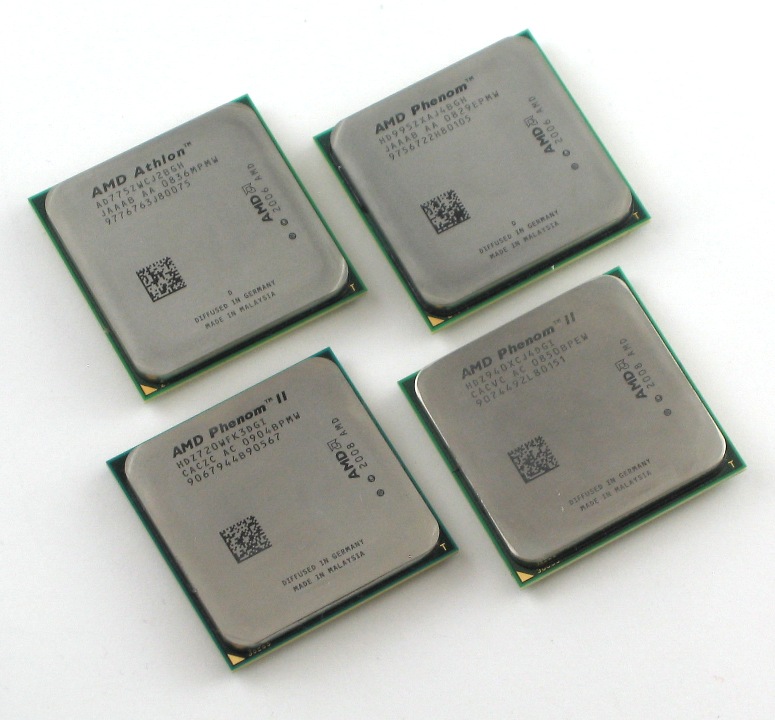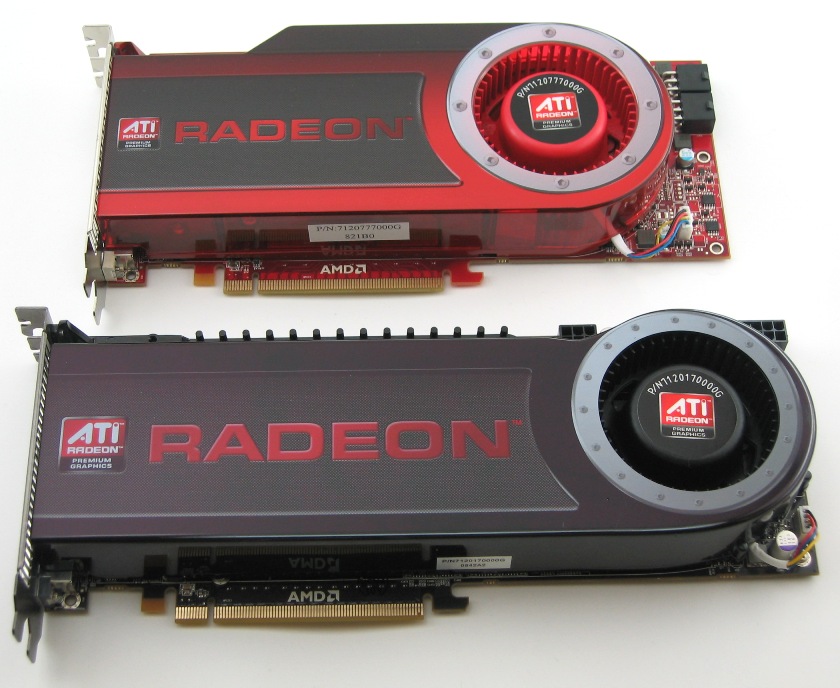AMD Unleashed: Four CPUs, Two GPUs, All Overclocked
Introduction
Back in February, we published a guide to aid in overclocking a few generations of AMD processors. The Asus M3A78-T (790GX / SB750) motherboards we used allowed our AMD Phenom II X4 940 Black Edition to reach impressive core speeds, while Advanced Clock Calibration (ACC) Technology further boosted the overclocking of our two previous-generation K10 processors. Because that story was a “How-To” guide, we felt that we should put our money where our mouth is by showing what performance gains one could expect when overclocking the AMD devices we covered back then, if only to show you what to expect after following our advice. And how better to delve into these performance gains than to run each of these processors, both stock and overclocked, through our complete System Builder Marathon test suite?
Readers familiar with our System Builder Marathon (SBM) series know that each author picks the components deemed to offer the best performance within the allotted budget. While all tests are also run at stock speeds, it’s specifically the overclocking potential and performance that determine the component choices.
Many readers have been vocal about their desire to see an AMD-based SBM machine in the $625 and the $1,250 budget ranges, but no member of the SBM team has felt that building another AMD system would offer the best overclocked performance. But with a lull in the official SBM series (which went live last week, starting with Thomas' $2,500 machine), a new generation of AMD processors, and a slew of AMD hardware from the Overclocking Guide, there was an opportunity to look into the performance that overclocking each of those chips offered and compare to SBM builds from the past. In many ways, our overclocking project could almost be considered an unofficial AMD-based SBM review.
But while the test suite is the same, the scope is vastly different in this article compared to our SBM series, as there are no budget restraints. Neither total system cost nor exact component choices are a factor. Rather, the focus is on the potential that these processors offer. We covered AMD’s best offering at the time, the Phenom II X4 940 Black Edition, in our Overclocking Guide. We had the best of AMD’s previous-generation in the Phenom X4 9950 Black Edition. And we also had the super-affordable Athlon 7750 Black Edition, which is a slightly higher-clocked dual-core version of this Phenom processor.
Those devices alone would offer some interesting comparisons, but there was one key price/performance processor not available while preparing the Overclocking Guide that readers would surely miss. To fill in this missing gap in our line-up, we asked AMD if they could send over a Phenom II X3 720 Black Edition for this performance story. So how will the new triple-core Phenom II compete against these more-expensive quad-core processors once all are overclocked?
Instead of being constrained by a budget and limited to just a mid-range or a high-end video card for gaming performance, we paired each processor with both to see just what processing power is needed to take advantage of each graphics card. And what better cards to choose than a Radeon HD 4870 512 MB and HD 4870 X2, two of the graphics solutions used in our previous SBM? As you might imagine, the sheer number of benchmarks this story involves is huge, so we hope you're ready to put your analytical hat on as we churn through tons of numbers.
What level of performance will each of these processors offer once overclocked? Is an inexpensive dual-core enough to get the job done? Does doubling the graphics power change the situation? These are some of the question we hope to answer.
Get Tom's Hardware's best news and in-depth reviews, straight to your inbox.
-
setting aside 1366 and AM3Reply
In 2 or 3 years when QX9770 chips start showing up for $250-$300.
Will AMD have a cheaper socket AM2+ compatible chip on the market that will outperform it?
If so, AMD would be a nice alternative. -
setting aside 1366 and AM3Reply
In 2 or 3 years when QX9770 chips start showing up for $250-$300.
Will AMD have a cheaper socket AM2+ compatible chip on the market that will outperform it?
If so, AMD would be a nice alternative. -
In 2 or 3 years Intel will have 16 cores on a single cpu, and amd tech will, as always, be useless, outdated, and worthless... Just like they are now.Reply
-
radguy So did I miss somthing or where does it say what each of these processors is overclocked to. I get that the p2 x3 720be is at 3.67 but what about the rest of them. Am I missing it somewhere (very possible) or do I have to look back at your previous articles to figure it out? shouldn't that be on the test systems and configuration page. I am trying to sort through the data.Reply -
dirtmountain Nice article Paul and some exhaustive work! Don't overlook the 780G/SB710 that also feature ACC for a price of $72Reply
http://www.newegg.com/Product/Product.aspx?Item=N82E16813157154
making the Phenom2 x3 720 a viable option in the SBM budget category. I'm also going to be curious about the new Phenom2 x2 and Athlon2 x2 processors that are coming out June 2nd. -
nerrawg Great article guys - love the comparisons to the SBM machines - really gives some insight into CPU and GPU scaling and how much to spend on your processor versus your graphics for gaming builds. Thanks!Reply -
Sihastru apache_livesHas anyone noticed the benchmarks for the i5's on anandtech yet?Reply
I did. Considering the pricing scheme of the i5 (so close to AMD) and it's high performance numbers (so close to the i7) AMD is in big trouble.
Intel will shift all the processors that are now under the i7 (even if the 920 is rumored to become EOL, one step down on it's portfolio, which means high end Intel dual cores, will go into or under the mainstream, where AMD already has a hard time.
This doesn't make me very happy, even if I am an Intel fanboy. Aggressive pricing schemes are overrated. AMD needs something new. Now. -
DjEaZy ... BIG THX to the Tom's crew... was not so hard after all? ... now, thx to YOU, we have a info about intel, nVidia and AMD/ATi solutions... how they stack up in price/performance/cost of ownership... NICELY DONE!!!Reply -
erdinger Yes thanks, many people complained in the system builder marathon and you listened to the complaints... great.Reply

